Was Rembrandt Inspired by the Story of Queen Esther?
A show argues that the Jewish tale was interpreted as a symbol of liberation from Spanish rule in 17th-century Dutch society.
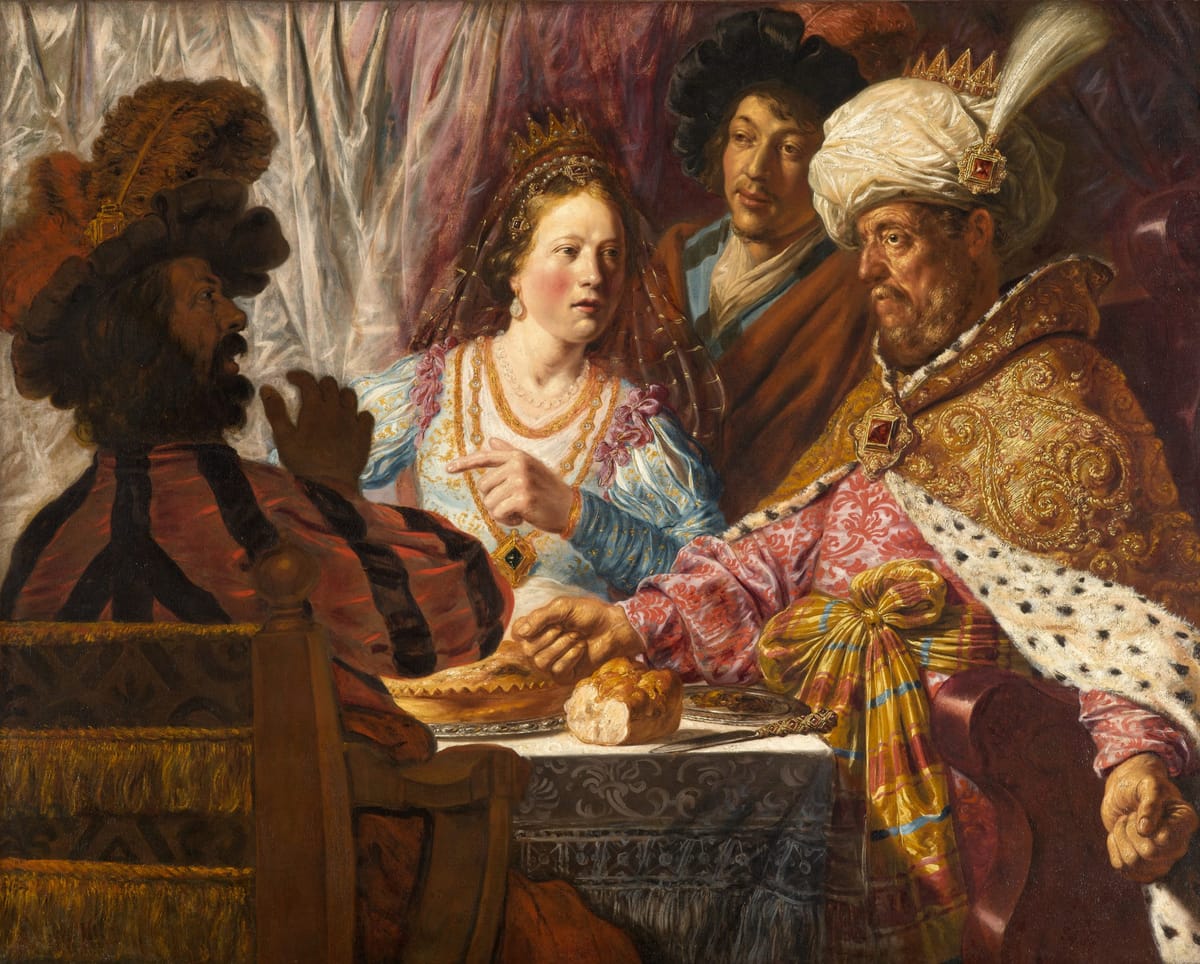
The Jewish Museum’s latest exhibition, The Book of Esther in the Age of Rembrandt, explores the Jewish tale of courage as depicted and reflected in the works of the Dutch Master and his contemporaries. The show argues that the biblical narrative of Purim — in which Esther, a Jewish queen, risks her life to go before the king and save her people from annihilation — was interpreted as a symbol of resilience and liberation in Dutch society, striking a deep chord at the height of their struggle for independence from Spanish rule. While the exhibition makes a compelling case for this thematic resonance of Esther’s story, some connections between artwork and narrative feel tenuous, raising questions about whether such pairings actually deepen our historical understanding of Esther’s specific influence, or if they are more successful at linking Dutch identity and Jewish resilience more generally.
The exhibition opens by intertwining two historical narratives: the story of Purim, and its connection to the Netherlands. In ancient Persia, Queen Esther, a Jewish woman, risked her life to expose King Ahasuerus’s advisor Haman’s wicked plot to annihilate the Jewish people. Centuries later, in the Netherlands, a different kind of deliverance unfolded. Once under Spanish rule, the Dutch secured independence in the Eighty Years’ War (1568–1648), ushering in an era of religious tolerance. This newfound freedom attracted Jewish communities across Europe and Africa, particularly Sephardic Jews fleeing the Inquisition. The first gallery sets the stage with depictions of Amsterdam’s evolving landscape, including Rembrandt’s etching, “The Great Jewish Bride” (1635), paintings of newly built synagogues in the city, and a frontispiece of Menasseh ben Israel, an esteemed rabbi who lived in Amsterdam. Displayed alongside these works are Judaica silver, multilingual Bibles, and Esther scrolls — objects that underscore Amsterdam’s prominence in trade, print culture, and the production of religious texts.
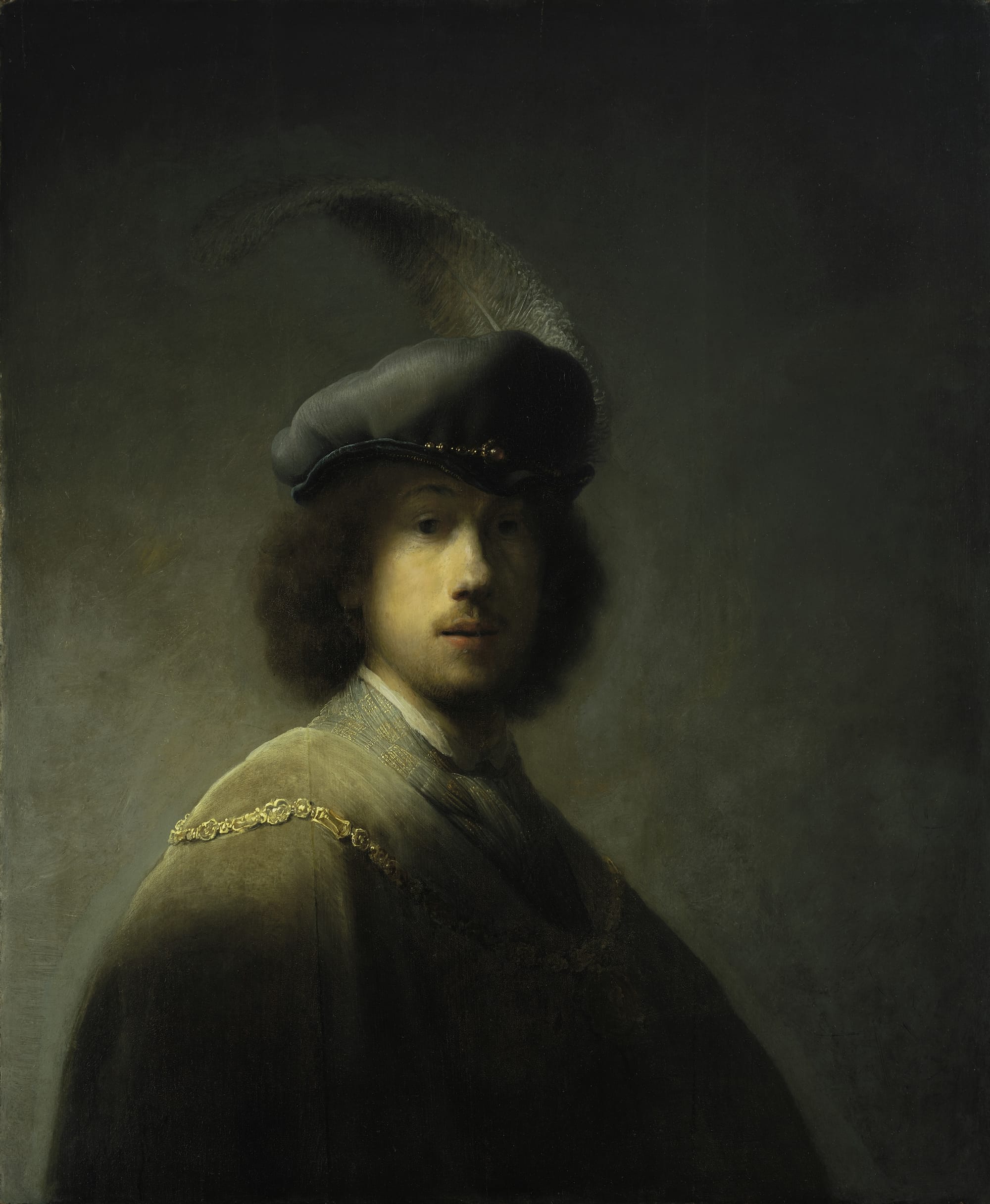
Through these objects, we learn that Rembrandt himself lived in the Vlooienburg district, the same area where Jews settled. There, he absorbed the neighborhood’s influences and wove their culture and history into his works. His etching and drypoint “Jews in the Synagogue” (1648) captures this milieu, depicting elderly men in conversation against the backdrop of a Gothic synagogue. A nearby portrait by Cornelis Janson van Ceulen II of a Christian minister holding a Hebrew Bible further exemplifies this cultural interchange by underscoring the interconnection between faiths. The intermixing of other influences also materializes throughout the exhibition in Jewish printed books, Safavid-style textiles, and Persian embellishments.
While the curators construct a compelling case for this exchange, the exhibition’s interpretative lens begins to feel strained as it enters the second and third galleries. Some works seem disconnected from the Book of Esther — for instance, a Rembrandt self-portrait, though impressive, feels deeply out of place — while others repeatedly identify women in opulent garments or elaborate settings as Queen Esther, despite limited visual or historical evidence to support such claims. This insistence on a singular narrative risks oversimplifying a much richer and more nuanced artistic tradition.
Take, for instance, “A Jewish Heroine [probably Esther] from the Hebrew Bible” (c. 1632–33), the first Rembrandt masterpiece on view. The sitter’s identity has never been definitively established — scholars, including those at the National Gallery of Canada (the work’s lender), have proposed she could be Judith, Esther, or even Bathsheba. Yet the Jewish Museum sidesteps this ambiguity, confidently presenting her as Esther. A similar leap occurs with “Rembrandt and his Wife Saskia” (c. 1638), also presented as part of the Esther narrative, as it somehow “highlights the continued relevance of this biblical story” despite it clearly being a portrait of the artist and his wife.

That said, the exhibition does feature works that support the museum’s claims via depictions of Esther’s most dramatic moments. Frans Francken the Younger captures her plea to the king, while Jan Steen’s “The Wrath of Ahasuerus” (c. 1668–70) amplifies the chaos: A peacock tumbles from a platter as the enraged king gestures toward a cowering Haman. Aert de Gelder traces the full story in multiple works, from Esther’s audience with the king to Mordecai’s recording of Purim’s events. A small wall text quietly notes that two Rembrandt works that directly reference the Book of Esther were unavailable for loan, as they reside in Russian museums — an absence that leaves a notable gap in the exhibition’s exploration of the subject.
It’s worth noting that the museum previously explored the connection between Jews and Rembrandt in a 1982 exhibition, which may explain their attempt to approach the topic from a new angle. But that was more than 40 years ago. While the current exhibition offers valuable insights into the relationship between Jewish communities and Rembrandt, it frequently stretches its thesis too far by including works that feel disconnected from the Book of Esther in particular. We didn’t even begin to discuss Fred Wilson’s “Queen Esther/Harriet Tubman” (1992), which, despite referencing Esther, has no connection to Dutch Masters nor the exhibition’s historical context. The inclusion of such works, added simply because they vaguely tie into the theme, detracts from the exhibition’s focus. It becomes a scattered collection, rather than a cohesive exploration.
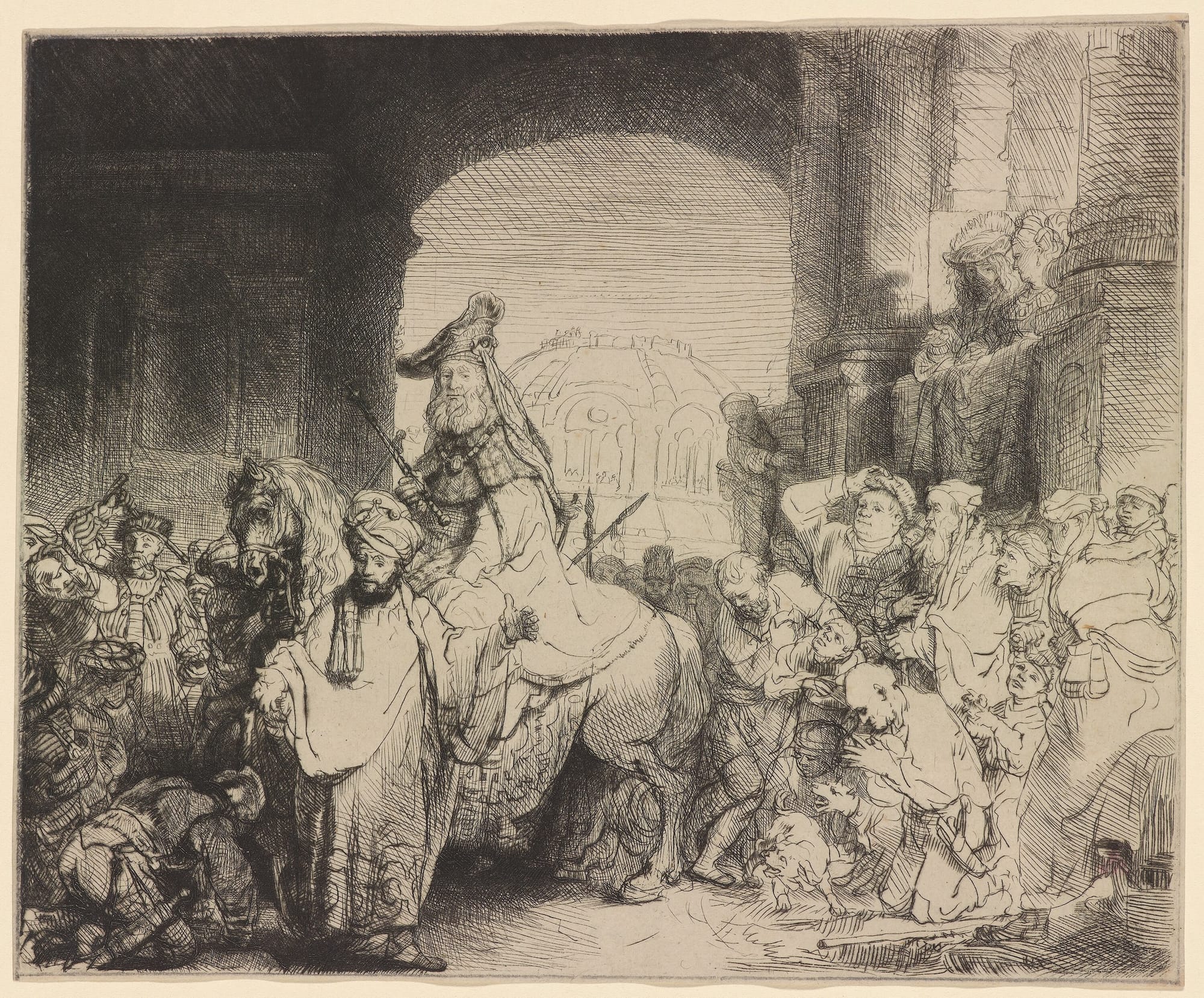

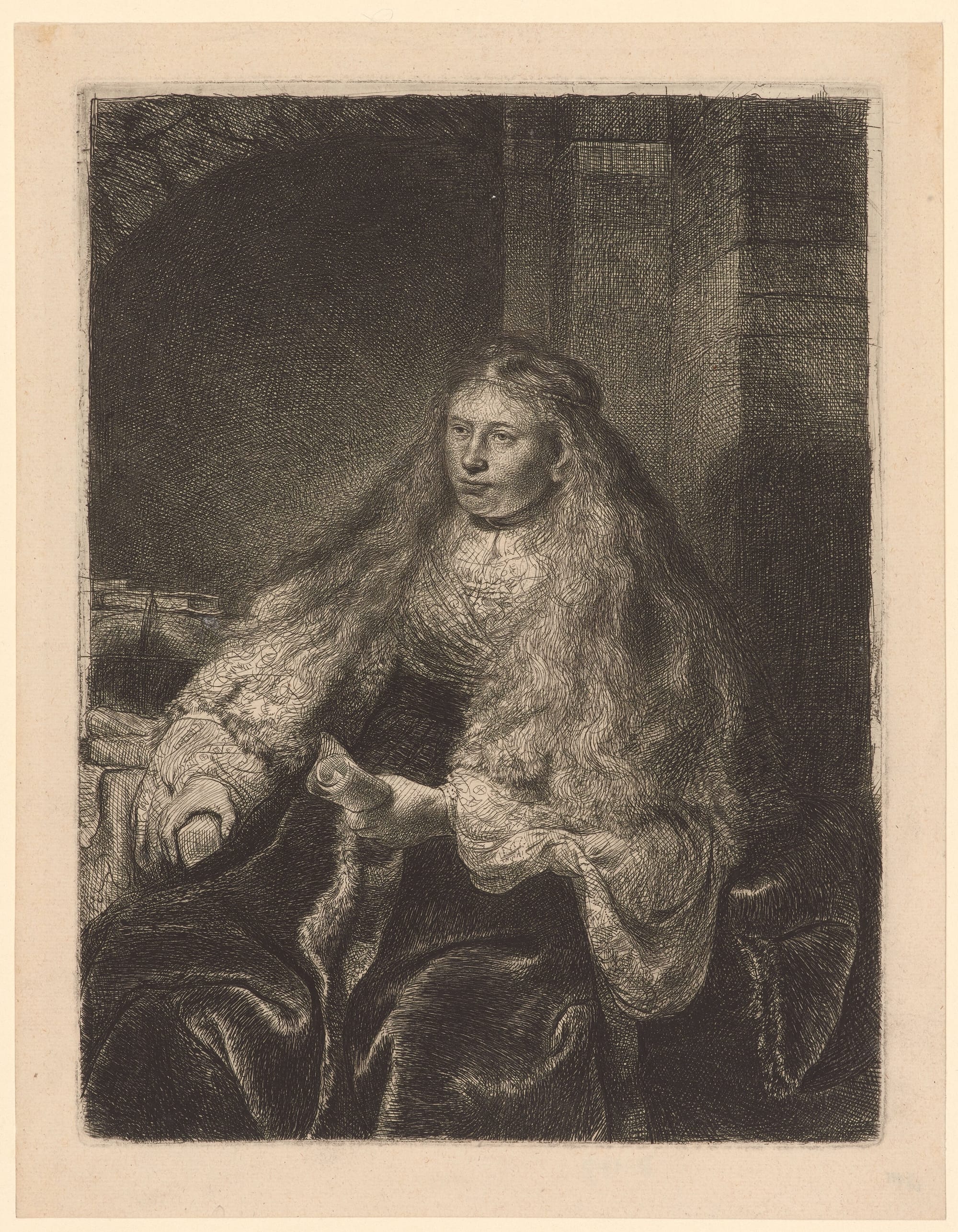

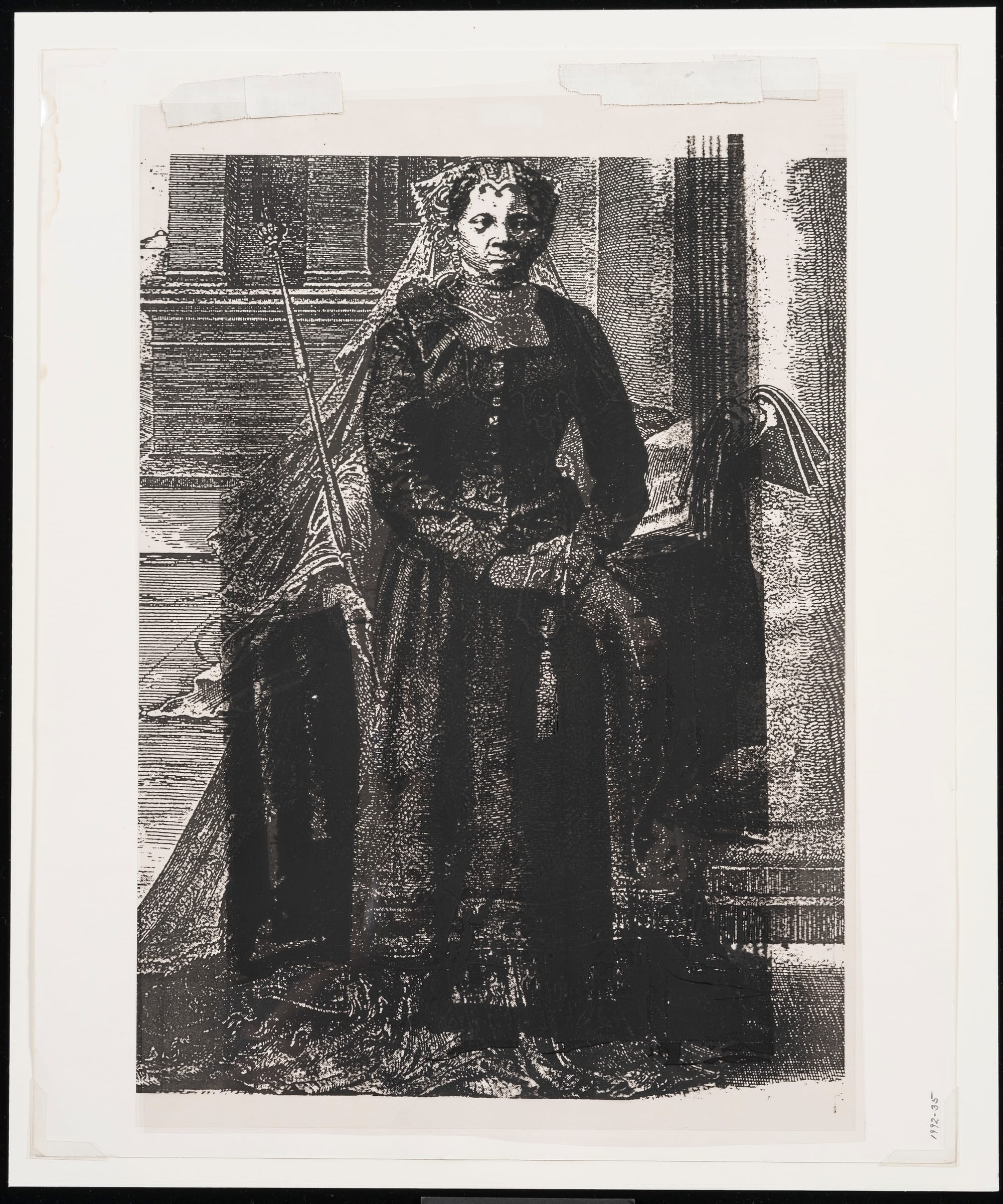
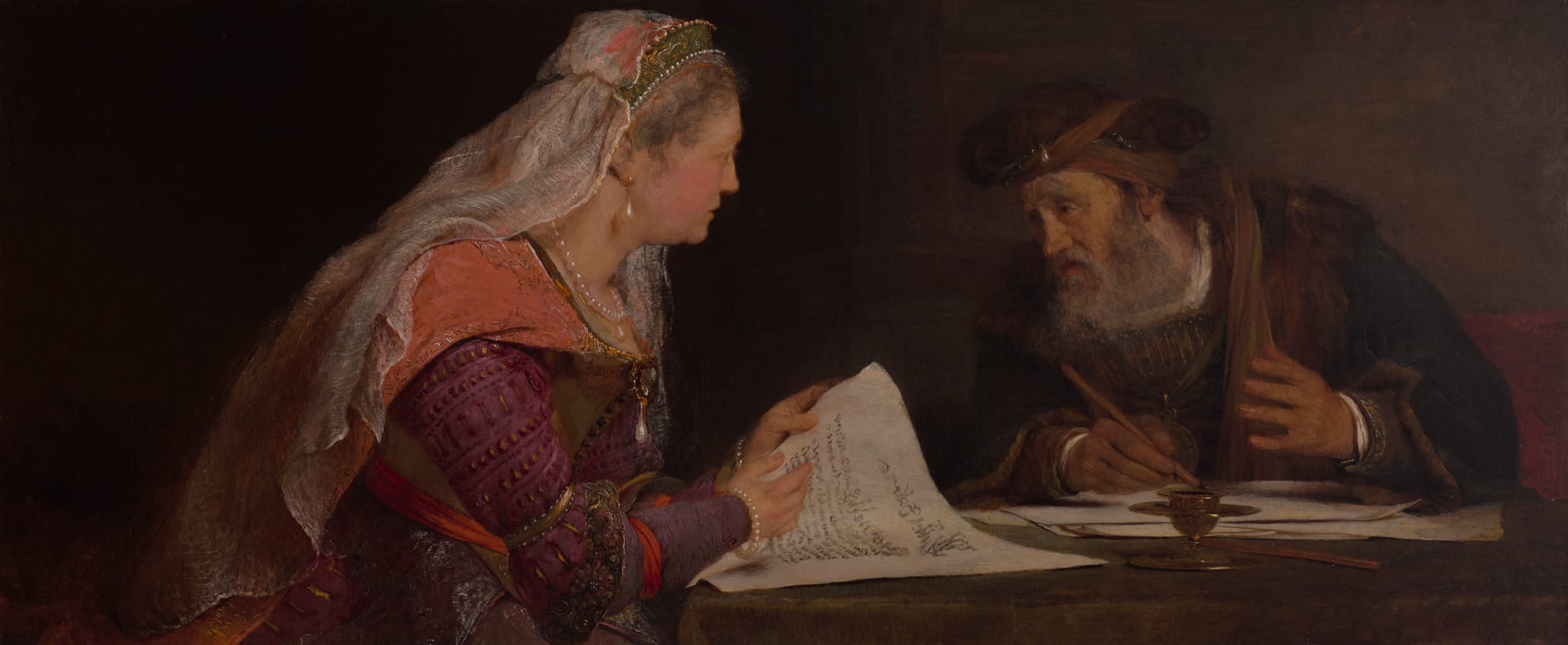

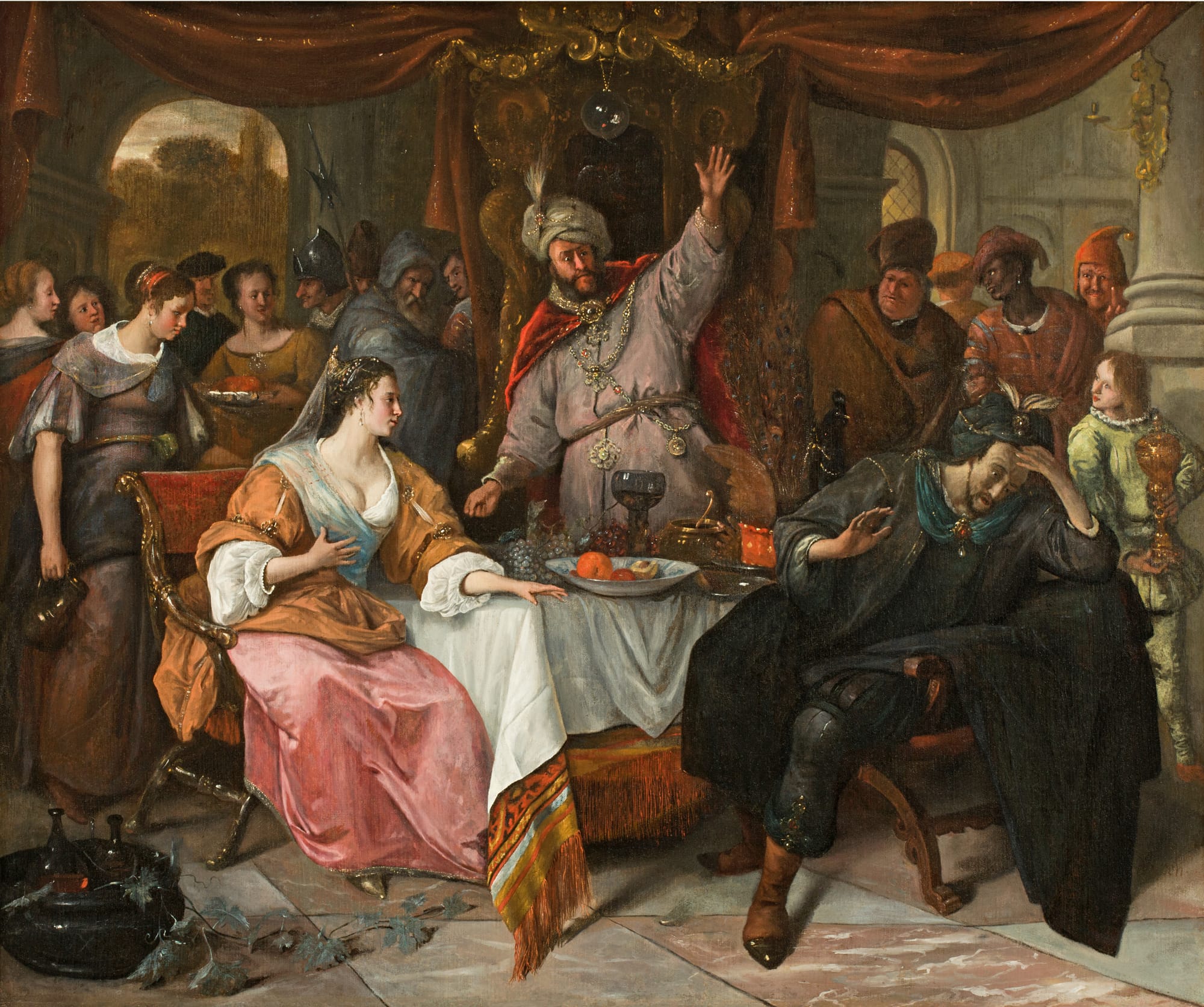
The Book of Esther in the Age of Rembrandt continues at the Jewish Museum (1109 5th Avenue and East 92nd Street, Upper East Side, Manhattan) through August 10. The exhibition was co-organized by the Jewish Museum and North Carolina Museum of Art, Raleigh, and curated by Abigail Rapoport and Michele L. Frederick.





